Redwood National Park - Misty Hikes and Unforgettable Giants
Explore misty trails among ancient redwoods in Redwood National Park. Discover secret Hyperion, diverse hikes, and conservation history beneath towering giants.
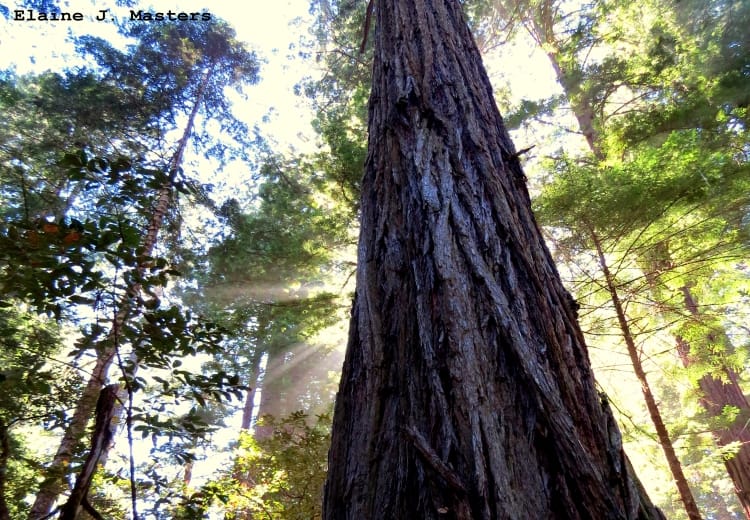
The coastal road to Redwood National Park winds past seemingly endless forests, green and tall, but nothing can prepare you for the experience of walking in the midst of real giants.
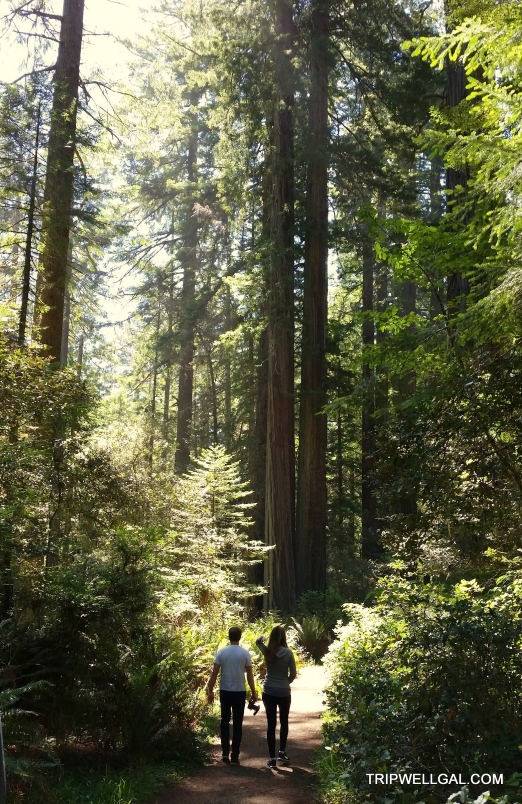
It’s entirely possible to drive right by them as the Park Service has no formal entrances to Redwood National Park but it’s easily accessible. The forest runs north to south along the length of Highway 101 between windswept Crescent City on the coast to Orick, near the California / Oregon border. There are more than thirty trails to hike, from family friendly and fairly flat loops to strenuous back-packing, horse and biking trails.
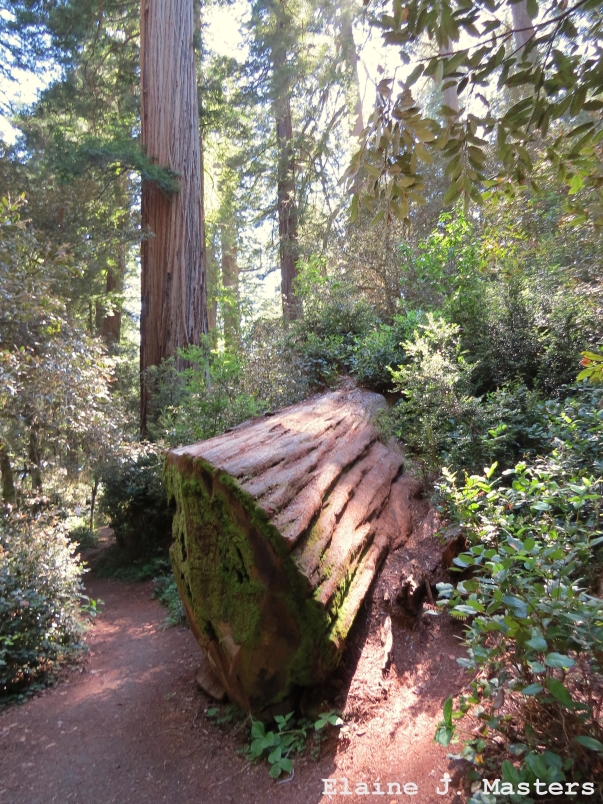
Maps will help choosing which is best for your visit but don’t expect them to point to the world’s tallest tree. Hyperion, stands 379 feet above the forest floor. The location is a secret to better protect the surrounding soil. Big trees can be their own worst enemy as fairly shallow root systems leave them top-heavy and vulnerable to storms.
Native Americans once used fallen Redwoods for boats and to fashion small homes and villages. Several tribes have lived along the coast for over 3,000 years and many remain in the area even though treaties were never ratified. They watched as fortune hungry, end-run gold diggers turned to logging. West coast cities needed timber and they grew fast. By 1918 the clear-cutting was vast enough to inflame conservationists whose Save-the-Redwoods League helped establish the first State Parks.
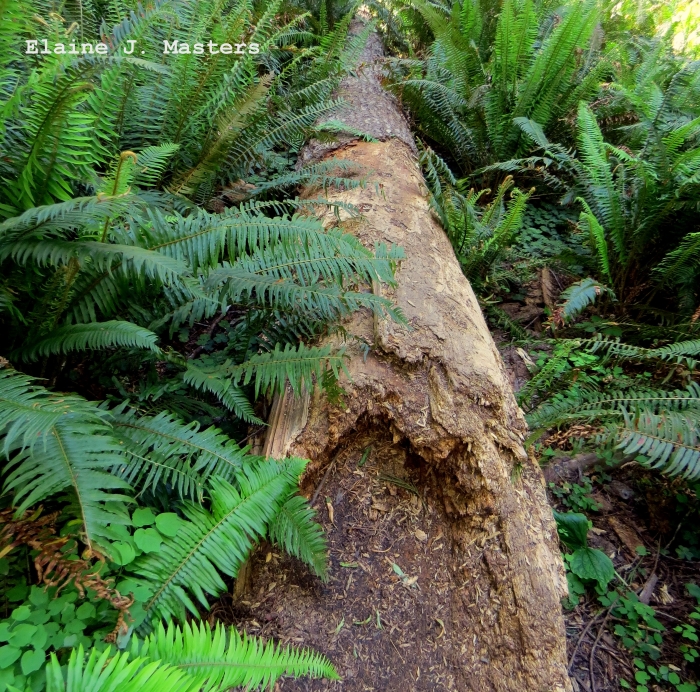
Through four decades of petitions and then delays during World War II, voices from the Sierra Club, National Geographic Society and the League built to a loud chorus until 1968. Only then President Lyndon B. Johnson finally signed Redwood National Park into law to forever preserve the last 10% of the native Redwoods.
The giant Redwoods may be wrapped in fog when you visit. That deep, coastal mist feeds them more than a third of their annual water intake. It’s good for trees but harder for hikers. The mist is often thicker in the summer months. Winter brings rains but spring and fall are ideal times to visit. Crowds are lighter and migratory birds add to the natural wonder of Redwood National Park.
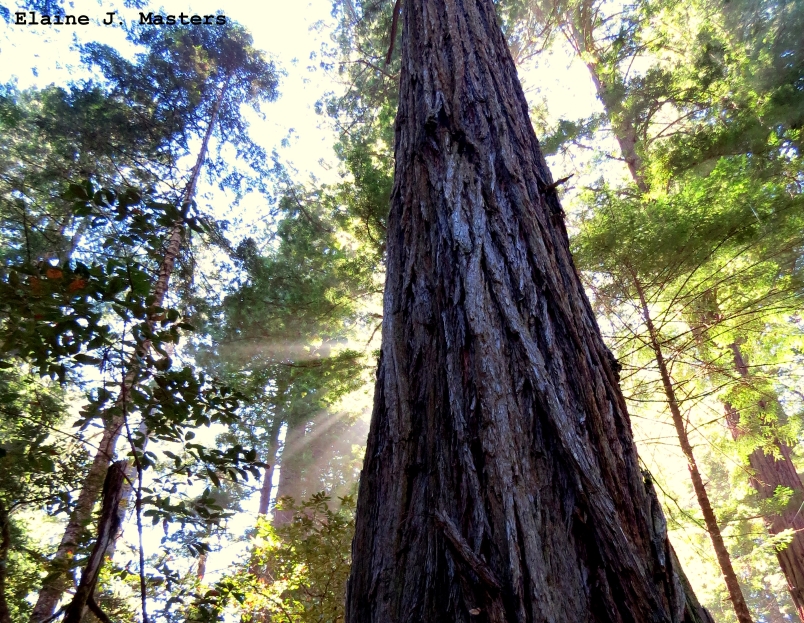
One easy and brief trail winds past the Ladybird Johnson plaque. She said, “One of my most unforgettable memories of the past years is walking through the Redwoods – seeing the lovely shafts of light filtering through the trees so far above, feeling the majesty and silence of that forest, and watching a salmon rise in one of those swift streams – all our problems seemed to fall into perspective and I think every one of us walked out more serene and happier.”
It’s a peace that most visitors share.
If you go:
Find directions, and trail advice on the Redwood National Park Service Website.
National Geographic features pictures and a guide.
If you like to research with a book in hand, consider the Benjamin Franklin Award winning book, Your Guide to National Parks by Michael Joseph Oswald.
Contributed by Elaine J. Masters, founder of Tripwellgal.com. More details below




